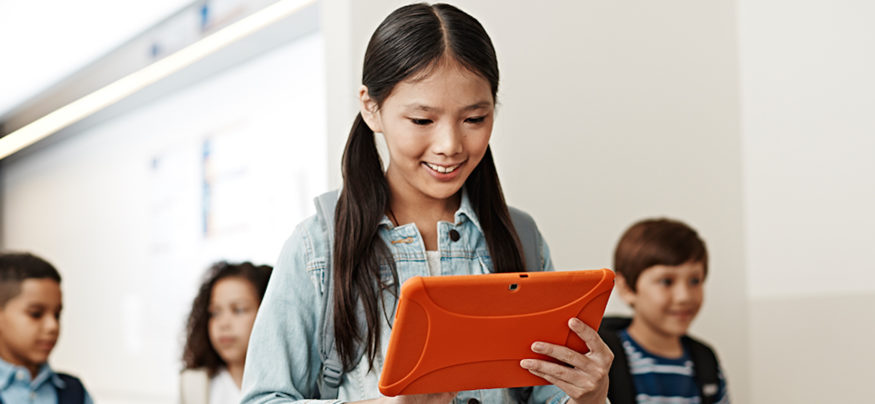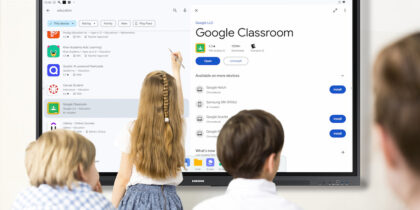Throughout the school year, there are moments when teachers have an opportunity to help students see the subjects they’re learning in a different way. And these moments are especially powerful in social studies and history.
Much of history education is focused on memorizing the important dates and names of the people involved in the events that shaped the world we live in. These details are important, but they can be challenging for some students to remember — and can lead to students complaining that history is boring. Adding an interactive education component to social studies can help students put all those names and dates into context, and show them the human side of important historical events.
How Pearl Harbor Remembrance Day Becomes Interactive
One of the biggest advantages that educational technology brings to social studies and history classes is the ready access to myriad primary documents. In the past, students and teachers were without on-demand internet access, so they were limited to the resources available in their textbooks and school libraries. Today, students can find digital copies of treaties, newspaper and magazine articles, and eyewitness accounts of events. As the attack on Pearl Harbor becomes even more distant and few eyewitnesses remain, access to these materials is even more important.
When students combine these primary resources with storytelling tools, they can integrate the information they’re learning in class with those powerful images and stories to create compelling projects that help them not only remember those names and dates for testing purposes, but also see how every historical event builds on what came before it and affects the choices world leaders make every day.
Primary Sources Put a Face on History
Many organizations have worked to curate age-appropriate eyewitness accounts of the attack on Pearl Harbor and the ensuing battles. Teachers can use sources such as Eyewitness to History, Essential Pearl Harbor and Scholastic’s My History to guide students through Pearl Harbor’s history and its significance in World War II. Some stories from these sources are told by students who were in school when the attacks happened, which helps students put themselves into a historical event that seems far removed from their everyday lives. The personal accounts can be corroborated by newspaper articles describing the attacks and other historical documents that place it into the larger context of the ongoing war.
Educational technology is a huge expense.
For many districts, Chromebooks are the solution. Download Now
Turning Primary Sources Into Powerful Learning
Reading these materials is powerful, and in-class discussions will help students process and better understand what they’ve read, but interactive education supported by educational technology makes the Pearl Harbor lesson more memorable. After students read and discuss, ask them to create interactive stories they can share with their peers using their Chromebooks and a tool such as My Story Editor. They can work in small groups or individually to integrate the first-person accounts, photos and videos into nonfiction accounts. Or they can write their own first-person narratives, imagining what it would have been like for them to be at Pearl Harbor.
Social studies teachers can partner with language arts teachers to cover storytelling, research writing and fiction writing principles that will support students as they work on their projects. On-board collaboration tools will allow students to work together and keep using the same documents whether they’re in social studies or language arts class, or at home. Once all stories are completed, students can share them with their peers in a formal presentation or critique period.
History doesn’t have to be boring. With the right tools and resources, students will be excited to learn about historical events and explore how they affect us today.
Technology plays a big role in encouraging student collaboration, but the physical design of a classroom also plays a role. Learn how teachers are thinking outside of the box when it comes to classroom design.









